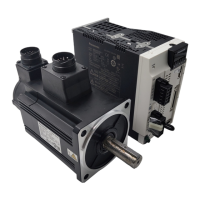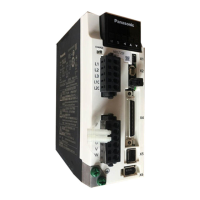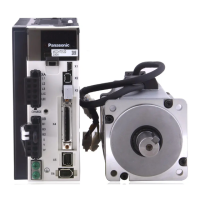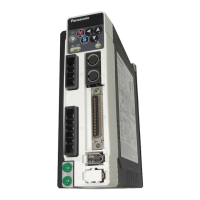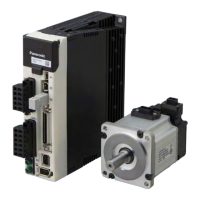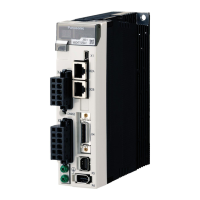No. SX-DSV03167 - 33 -
R6.0 Motion Control Business Unit, Panasonic Industry Co., Ltd.
Safety Precautions
10. Safety Precautions
This section explains precautions that must be taken to prevent harm to people and damage to property.
■The following symbols represent the extent of the harm or damage that may occur through improper use.
This indicates “a significant risk of death or serious injury”.
This indicates “a risk of minor injury or damage to property”.
■The following symbols indicate how to comply with safety precautions.
Something that you must not do.
Something you must do.
(1) Ensure that the product is used in environments with a contamination level of 2 or 1 (places free from dust,
metal powders, oil mists, and other foreign objects, as well as liquids such as water, oil, or grinding fluids). Do
not store or use near combustible materials or in an environment containing corrosive gases (H2S, SO2, NO2,
Cl2, etc.) or flammable gases.
(2) Do not place flammable materials near the motor, servo driver, or regenerative resistor.
(3) Do not run the motor using an external power source. If the motor is run externally, it will start acting as an
electricity generator. This may cause it to short-circuit during operation of the dynamic brake, which is
integrated into the servo driver, resulting in smoke and dust being emitted. Doing so may also cause the
dynamic brake to become disconnected, preventing it from functioning.
(4) Do not damage the cable, apply undue stress to it, place heavy objects on it, or pinch it.
(5) Do not use with the cable submerged in oil or water.
(6) Do not install the product next to heating elements such as heaters or large winding resistors. (Protection such as
heat shields should be used to protect the product from heating elements.)
(7) Do not connect a commercial power supply directly to the motor.
(8) Do not use in places susceptible to strong vibrations or impacts. If installing a servo driver near a source of
vibration, attach a vibration dampening device to the servo driver mounting surface.
(9) Do not touch the rotating parts of the motor during operation.
(10) Do not touch the keyway of the motor output shaft with bare hands.
(11) Do not put hands inside the servo driver.
(12) Do not touch the heat sink and peripheral devices of the motor or servo driver, as they can get very hot.
(13) Do not performing wiring or operate the product with wet hands.
(14) Wiring work should be carried out by an electrical engineer.
(15) Motors other than that specified do not include protective devices. Protect them using overcurrent protection
devices, ground-fault circuit interrupters, overheating prevention devices, emergency stop devices, etc.

